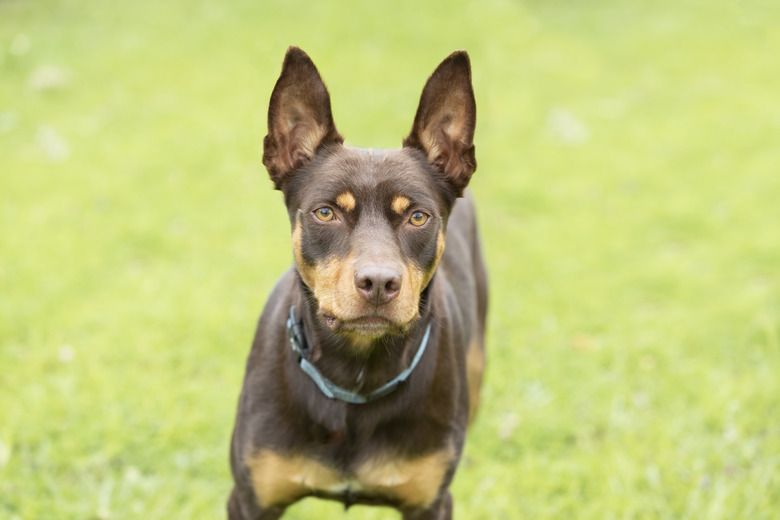How To Test Your Dog's Hearing
Hearing loss is usually a concern with older dogs, as it's common for senior dogs to develop hearing impairment as they age. It's sometimes difficult to determine if your dog has hearing loss or if he is simply being unresponsive or ignoring you. The best way to test your dog's hearing is at the vet's office, specifically using a BAER test, which is a dog deafness test.
Note that hearing loss isn't limited to aging dogs. Younger dogs can experience hearing loss at birth or because of injury, illness, or even a reaction to medication. In fact, 5 to 10 percent of dogs in the United States are deaf.
Signs of dog hearing loss
Signs
of dog hearing loss
Because elderly hearing loss is usually the result of degenerative changes in the nerves inside the ear, noticeable symptoms will evolve slowly. As with people, the hearing loss is so gradual that it can be quite advanced by the time you notice it. Signs that your dog is experiencing hearing loss include excessive barking, not coming when called, not sitting on command as she previously did, or appearing confused by her surroundings or your request.
Squeaky toys are a good test. If your aging dog normally responds immediately but now doesn't, that can be a sign of hearing loss. Other observable signs include sound sleeping and not being disturbed by the doorbell, loud noises, or anything that would have awoken her in the past. Becoming startled when you touch her because she was unaware of your presence is another clue.
How to test a dog's hearing
How to
test a dog's hearing
Unilateral is deafness in one ear, and bilateral is deafness in both ears, so it can be difficult to determine which hearing loss your dog is experiencing and to what degree. A dog with hearing loss in only one ear will have trouble locating the source of a sound but can hear it. He might lean to his good side. A dog with deafness in both ears might not hear the sound at all or not at a level that evokes a response.
At home, careful observation of behavior is really the only way to determine dog hearing loss. Only a veterinary test can determine it for certain. Tests are not often done on aging dogs because observation is sufficient, and there is no treatment for dog degenerative hearing loss due to aging. Younger dogs and puppies are sometimes tested for hearing loss at the vet's office, especially by breeders.
Dog deafness test
Dog deafness test
Many veterinarians and dog breeders rely on the BAER (brainstem auditory evoked response) dog deafness test to determine the level of hearing loss in a dog. Similar to a human test, BAER monitors brain responses to clicking noises — specifically electrical activity in the cochlea and auditory pathways — and can determine if a dog is deaf and generally to what extent. The test does not measure the dog's full range of hearing, such as the ability to hear a high-pitched noise, but only checks within the normal human hearing range.
Breeders can test puppies as young as six weeks old but usually not earlier because ear canals don't open until two weeks old. The BAER test reveals three situations: affected bilateral means the dog is deaf or impaired in both ears; affected unilateral means the dog is completely deaf or impaired in only one ear, and unaffected means the dog has normal hearing.
What breed of dog is often deaf?
What
breed of dog is often deaf?
While most hearing loss in dogs is a result of aging, it is possible for puppies of any breed to be born deaf. Deafness at birth is called congenital deafness, and it is an inherited condition in some breeds, though the reason is not known.
Breeds mostly likely to be born deaf include Dalmatians, though careful breeding is reducing the numbers. Interestingly, Dalmatians with blue eyes are most likely to be deaf, as are any dogs with white coats. Other dog breeds prone to deafness include Australian shepherds, German shepherds, Great Danes, and cocker spaniels.


